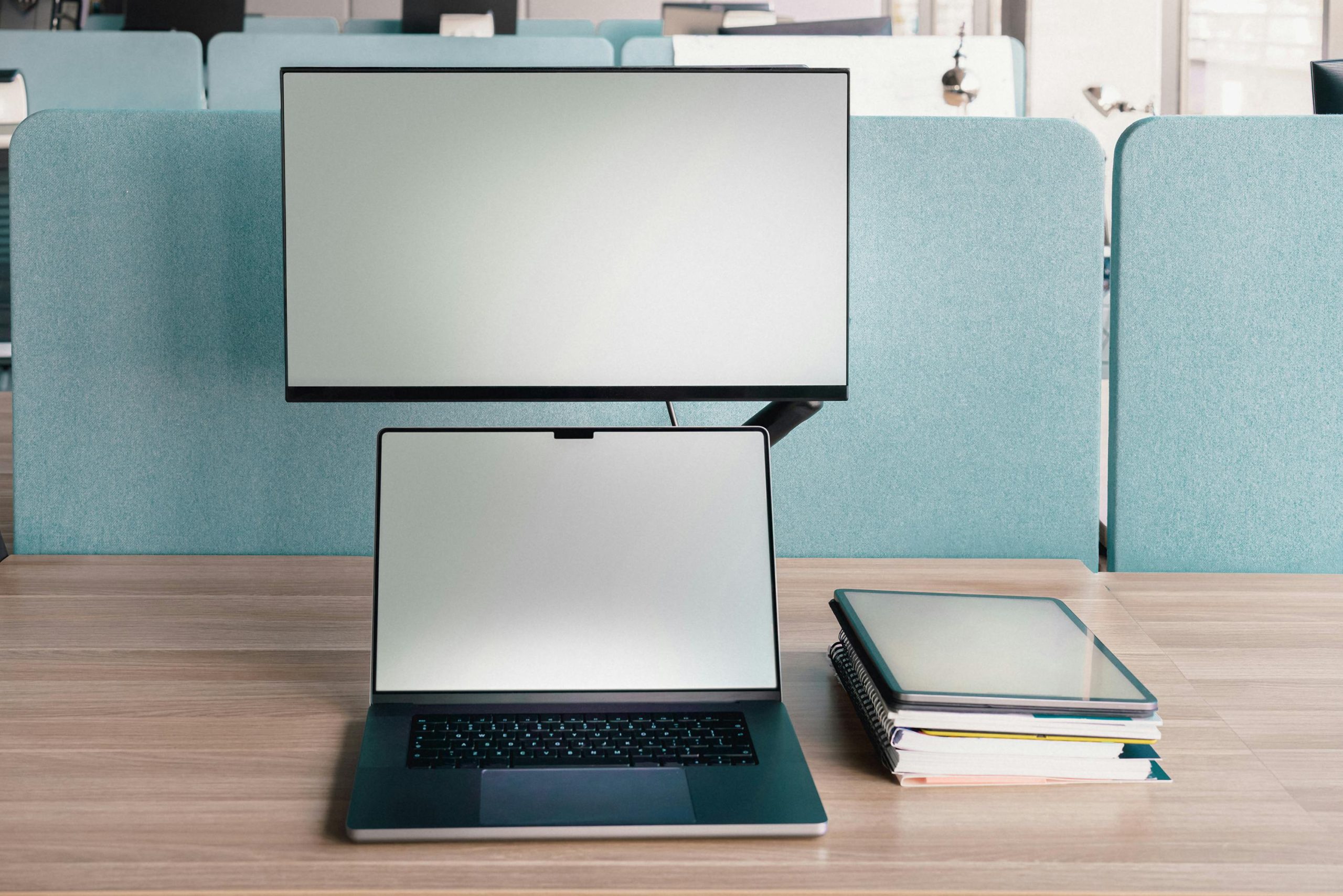Troubleshooting Display Issues: Connecting to an External Monitor
Are you experiencing display problems when connecting your device to an external monitor? You’re not alone! Many users encounter discrepancies in visuals when they attempt to mirror or extend their screen. This article aims to address common issues and provide potential solutions.
Understanding the Issue
When your device is linked to an external monitor, you might notice inconsistencies that are not present on your primary display. These could manifest as unexpected resolutions, color distortions, or even layout problems. Understanding the root cause of these issues is the first step toward finding a solution.
Possible Causes and Solutions
-
Resolution Settings: One common culprit is the resolution settings on either your device or the external monitor. Ensure that both displays are set to their optimal resolutions. You may need to navigate to your device’s display settings to make necessary adjustments.
-
Connection Type: Different connection types (HDMI, DisplayPort, VGA, etc.) can affect display quality. Check whether you’re using the most suitable connection for your monitor and ensure it’s properly connected.
-
Graphics Drivers: Outdated graphics drivers can lead to display problems. Make sure to regularly update your drivers to the latest versions available from the manufacturer’s website.
-
Monitor Settings: The external monitor itself may have specific settings that need to be adjusted. Look into the monitor’s menu options to tweak brightness, contrast, or other visual settings that might be influencing what you see.
-
Testing with Different Cables: Sometimes the simplest solutions can be overlooked. Testing with different cables or ports can help determine if the issue is related to a faulty connection.
If you’ve tried the above suggestions and the problem persists, consider seeking help from forums or tech support communities. Sharing your experience may lead to discovering new options or insights from others who have faced similar challenges.
Conclusion
Facing display issues when connecting to an external monitor can be frustrating, but with a bit of troubleshooting, you can get your setup working smoothly. Remember to check settings carefully, update your drivers, and experiment with different connections to find the solution that works for you. Happy troubleshooting!
Share this content:




Hi there,
It sounds like you’re experiencing display discrepancies when connecting your device to an external monitor. Here are some additional troubleshooting steps that might help resolve the issue:
Windows + Pto cycle through display modes such as Duplicate, Extend, or Second screen only. Ensure you’re selecting the mode that best suits your needs.